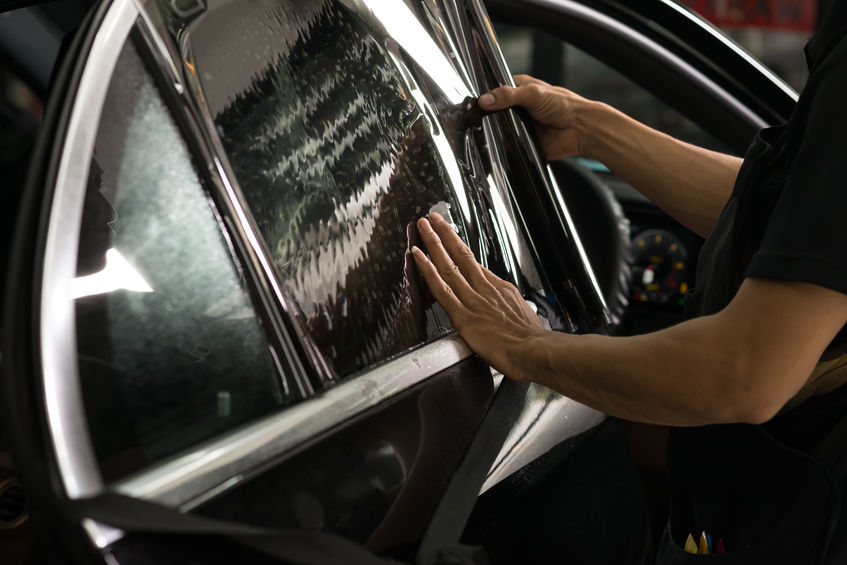INFRARED-REJECTING CERAMIC TINT
Infrared-rejecting ceramic tint is a type of window film that is designed to reduce the amount of infrared light that passes through the glass.
Infrared light is a best window tinting type of electromagnetic radiation that is responsible for heat transfer, and it can make the interior of a car or building uncomfortably hot.
Ceramic tint is made up of a thin layer of ceramic particles that are embedded in a film:
This film is then applied to the inside of the windows, where it reflects a significant amount of infrared radiation.
The ceramic particles also absorb some of the visible light that passes through the glass, which can help to reduce glare.
In addition to reducing heat and glare:
infrared-rejecting ceramic tint can also provide a measure of privacy and security. By making it more difficult for people outside to see into the car or building, ceramic tint can help to deter theft and vandalism.
Overall, infrared-rejecting ceramic tint can be a good:
investment for anyone who wants to improve the comfort, safety, and energy efficiency of their car or building.
However, it's important to choose a high-quality product and have it installed by a professional to ensure that it performs as intended and doesn't interfere with the operation of any electronic devices in the car or building.
NANO-CERAMIC TINT:
Nano-ceramic tint is a type of window tint that uses advanced ceramic technology to provide superior heat rejection, glare reduction, and UV protection.
Unlike traditional window tints that use dyes or metals to block out the sun's rays, nano-ceramic tint uses microscopic ceramic particles that are able to reflect and absorb heat and light without darkening the windows excessively.
Nano-ceramic tint is known for its durability and resistance to fading and discoloration over time:
It also has a low reflectivity that allows for clear visibility both during the day and at night, making it a popular choice for drivers who want to improve the look and performance of their vehicles.
In addition to its benefits for vehicles:
nano-ceramic tint is also used in residential and commercial buildings to improve energy efficiency and reduce the amount of heat and UV radiation that enters the space.
This can lead to lower energy bills, increased comfort, and improved protection for furniture and other valuables.
PREMIUM-DYED TINT:
Premium-dyed tint refers to a type of window film that is made by dyeing a polyester layer with colorants.
This type of tint is known for providing a dark and uniform appearance to windows, while also reducing the amount of sunlight and UV radiation that passes through the glass.
Premium-dyed tint is typically less expensive than other types of window tint:
such as ceramic or metallic tint. However, it may not be as effective at reducing heat or glare as these other options.
Additionally, premium-dyed tint may fade or discolor over time, especially if it is exposed to a lot of sunlight.
Overall, premium-dyed tint can be a good option for those who are looking for a cost:
effective way to improve the appearance of their windows and reduce the amount of sunlight that enters their home or car.
However, it is important to auto tint consider the potential drawbacks and to choose a high-quality tint that is installed by a professional to ensure optimal performance and longevity.

Comments
Post a Comment